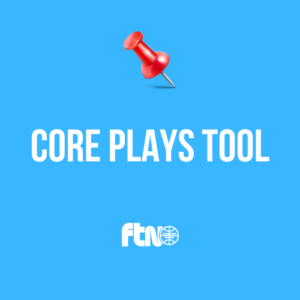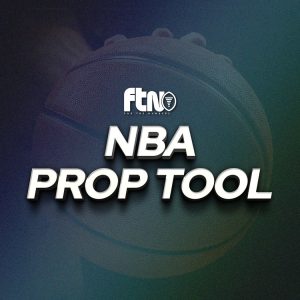
ESPN Radio: Unsportsmanlike host Evan Cohen once said that NFL teams should draft a quarterback when they want one, so they will never need one. A corollary to this idea is that teams should avoid drafting a quarterback they do not want, even if they need one. This scenario resembles that in Brian Billick and James Dale’s book The Q Factor: The Elusive Search for the Next Great NFL Quarterback, in which the 2003 Baltimore Ravens overlooked Kyle Boller’s accuracy-related red flags and drafted him 19th overall.
Multiple teams have taken that advice this offseason by filling their quarterback vacancies before the draft. The New York Giants signed Russell Wilson while the New York Jets signed Justin Fields The Las Vegas Raiders traded for Geno Smith and the Seattle Seahawks replaced Smith with Sam Darnold. The Pittsburgh Steelers are the favorites to sign Aaron Rodgers. However, the Tennessee Titans and Cleveland Browns, picking first and second overall, will likely head into draft day still needing a quarterback. The Giants and Raiders may also take a quarterback in the top 10, since Wilson and Smith are not long-term solutions.
All that would be fine if this year’s quarterback class were like last year’s, led by Heisman winners Caleb Williams and Jayden Daniels, along with top-12 picks Drake Maye, Michael Penix Jr., J.J. McCarthy and Bo Nix. But while Cam Ward and Shedeur Sanders headline this year’s class, they are not as highly regarded as Williams or Daniels. The rest of the class is even less highly regarded and comes with question marks we address in our projections. Therefore, quarterback-needy teams may have to settle for a non-first round prospect or wait until 2026 to draft their quarterback of the future.
With that background, we present this year’s QBASE 2.0 projections for the 2025 quarterback class. QBASE 2.0 is a combination of Andrew Healy’s (2015) original QBASE model and Alexandre Olbrecht and Jeremy Rosen’s (2018) functional mobility model. It factors in a quarterback’s college passing statistics adjusted for the quality of his teammates and opponents, plus how many years he started in college. It also incorporates his rushing ability, and while it rewards improvements over time, it penalizes one-year wonders.
The quarterbacks below are listed in order of ranking on a consensus big board, and interpreting each quarterback’s projection is straightforward. A value of Total Defense-adjusted Yards Above Replacement per Attempt (TDYAR/A) is replacement-level, whereas any value over 1.5 is indicative of a Hall of Fame career. We run 50,000 simulations to provide a distribution of the number of times that each quarterback falls within a particular range. Here are our 2025 projections.
Lorem ipsum dolor sit amet, consectetur adipiscing elit, sed do eiusmod tempor incididunt ut labore et dolore magna aliqua. Ut enim ad minim veniam, quis nostrud exercitation ullamco laboris nisi ut aliquip ex ea commodo consequat. Duis aute irure dolor in reprehenderit in voluptate velit esse cillum dolore eu fugiat nulla pariatur. Excepteur sint occaecat cupidatat non proident, sunt in culpa qui officia deserunt mollit anim id est laborum. "Sed ut perspiciatis unde omnis iste natus error sit voluptatem accusantium doloremque laudantium, totam rem aperiam, eaque ipsa quae ab illo inventore veritatis et quasi architecto beatae vitae dicta sunt explicabo. Nemo enim ipsam voluptatem quia voluptas sit aspernatur aut odit aut fugit, sed quia consequuntur magni dolores eos qui ratione voluptatem sequi nesciunt. Neque porro quisquam est, qui dolorem ipsum quia dolor sit amet, consectetur, adipisci velit, sed quia non numquam eius modi tempora incidunt ut labore et dolore magnam aliquam quaerat voluptatem.










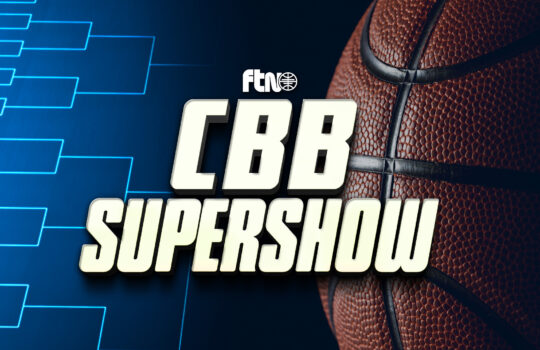























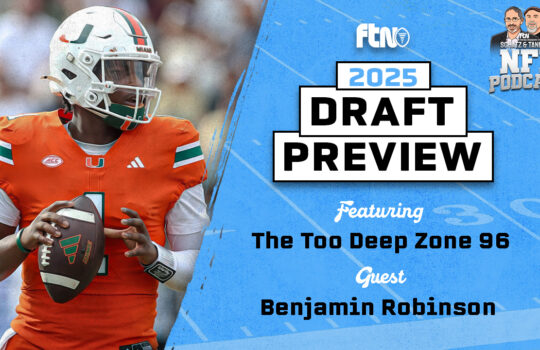
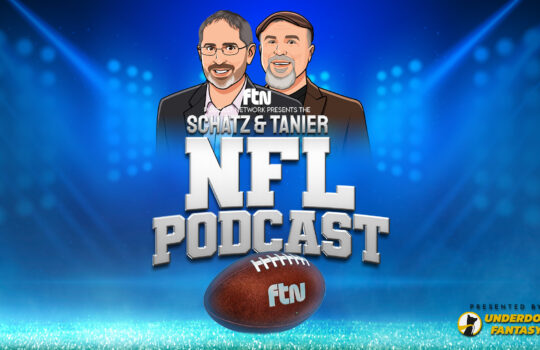



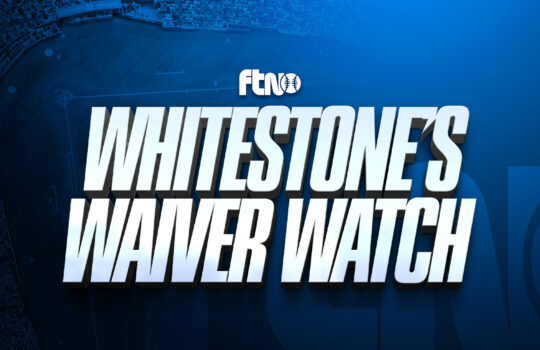







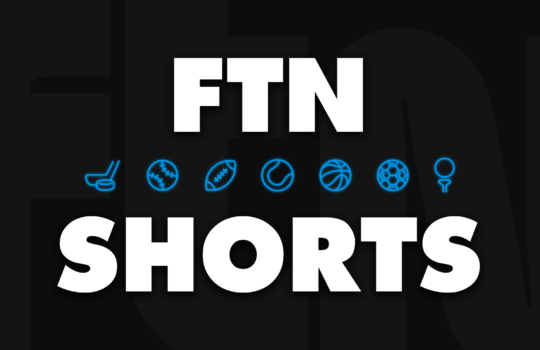
 New York Jets
New York Jets  New England Patriots
New England Patriots 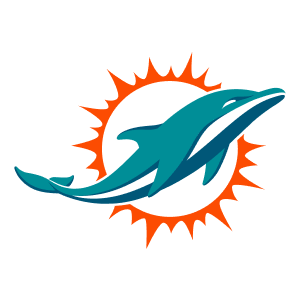 Miami Dolphins
Miami Dolphins  Buffalo Bills
Buffalo Bills  Pittsburgh Steelers
Pittsburgh Steelers  Cleveland Browns
Cleveland Browns  Cincinnati Bengals
Cincinnati Bengals 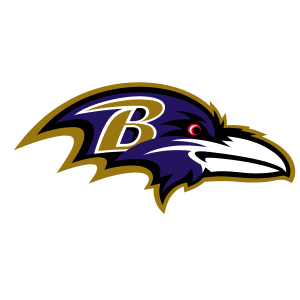 Baltimore Ravens
Baltimore Ravens 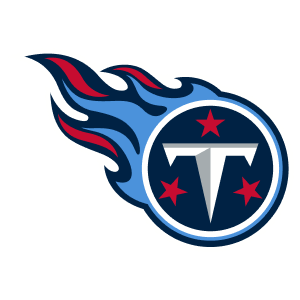 Tennessee Titans
Tennessee Titans  Jacksonville Jaguars
Jacksonville Jaguars  Indianapolis Colts
Indianapolis Colts  Houston Texans
Houston Texans  Las Vegas Raiders
Las Vegas Raiders 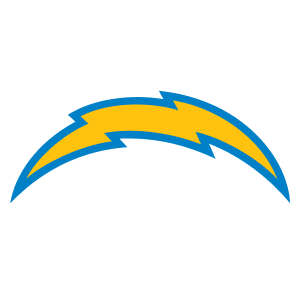 Los Angeles Chargers
Los Angeles Chargers  Kansas City Chiefs
Kansas City Chiefs 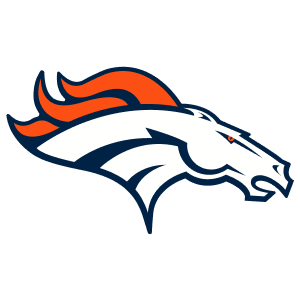 Denver Broncos
Denver Broncos  Washington Commanders
Washington Commanders  Philadelphia Eagles
Philadelphia Eagles 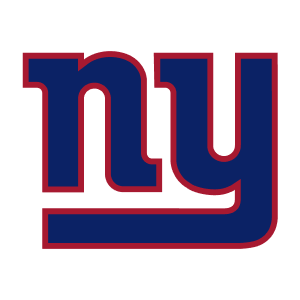 New York Giants
New York Giants  Dallas Cowboys
Dallas Cowboys 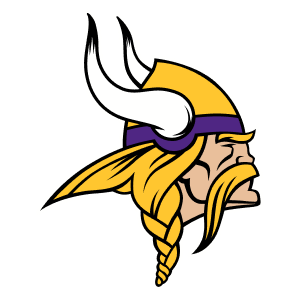 Minnesota Vikings
Minnesota Vikings 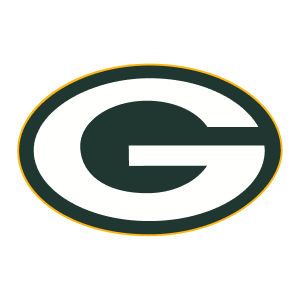 Green Bay Packers
Green Bay Packers 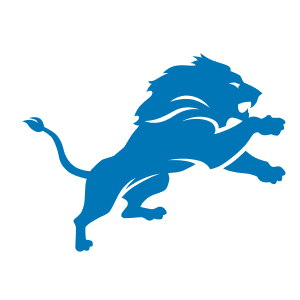 Detroit Lions
Detroit Lions 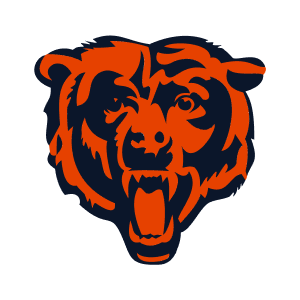 Chicago Bears
Chicago Bears 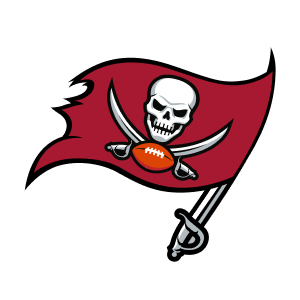 Tampa Bay Buccaneers
Tampa Bay Buccaneers  New Orleans Saints
New Orleans Saints 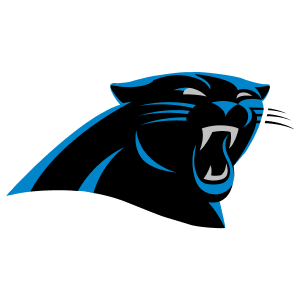 Carolina Panthers
Carolina Panthers 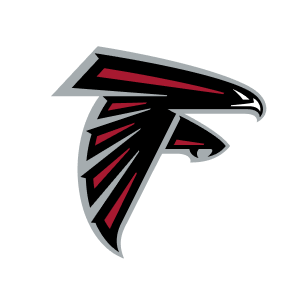 Atlanta Falcons
Atlanta Falcons  San Francisco 49ers
San Francisco 49ers 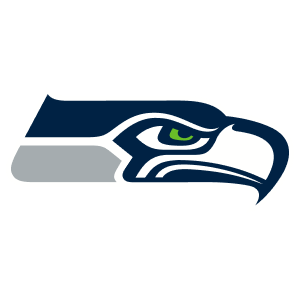 Seattle Seahawks
Seattle Seahawks  Los Angeles Rams
Los Angeles Rams  Arizona Cardinals
Arizona Cardinals 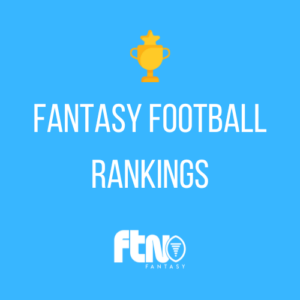
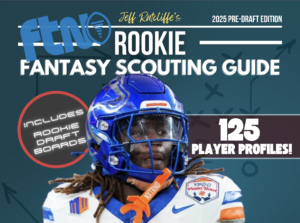
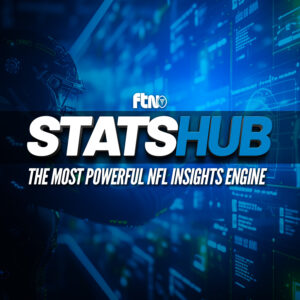
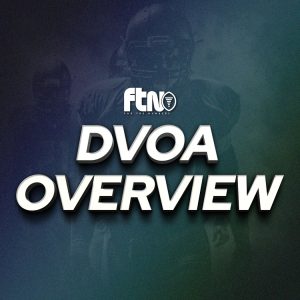
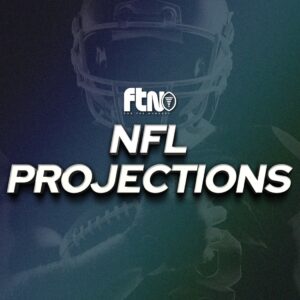


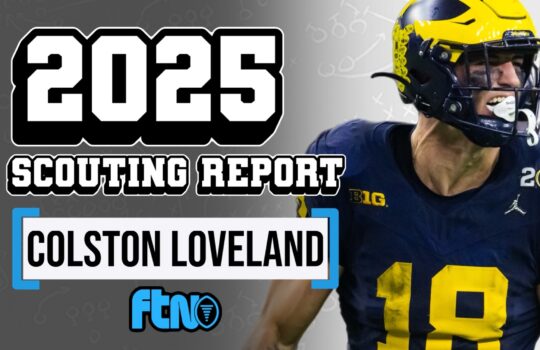


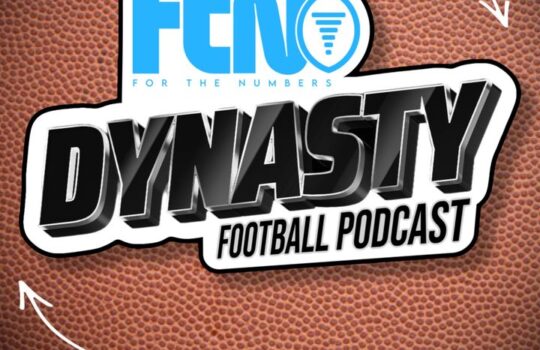
 Boston Celtics
Boston Celtics  Brooklyn Nets
Brooklyn Nets 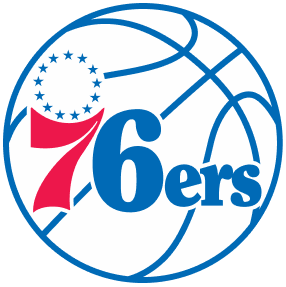 Philadelphia 76ers
Philadelphia 76ers  New York Knicks
New York Knicks  Toronto Raptors
Toronto Raptors  Chicago Bulls
Chicago Bulls  Detroit Pistons
Detroit Pistons  Milwaukee Bucks
Milwaukee Bucks  Cleveland Cavaliers
Cleveland Cavaliers  Indiana Pacers
Indiana Pacers  Orlando Magic
Orlando Magic  Atlanta Hawks
Atlanta Hawks  Charlotte Hornets
Charlotte Hornets  Miami Heat
Miami Heat  Washington Wizards
Washington Wizards  Denver Nuggets
Denver Nuggets 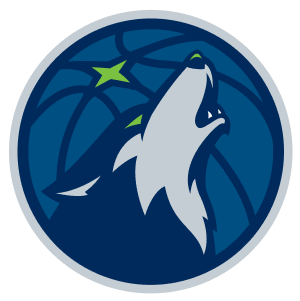 Minnesota Timberwolves
Minnesota Timberwolves  Oklahoma City Thunder
Oklahoma City Thunder  Portland Trail Blazers
Portland Trail Blazers  Utah Jazz
Utah Jazz  LA Clippers
LA Clippers  Golden State Warriors
Golden State Warriors  Los Angeles Lakers
Los Angeles Lakers  Phoenix Suns
Phoenix Suns  Sacramento Kings
Sacramento Kings  Dallas Mavericks
Dallas Mavericks  Houston Rockets
Houston Rockets  Memphis Grizzlies
Memphis Grizzlies  New Orleans Pelicans
New Orleans Pelicans  San Antonio Spurs
San Antonio Spurs 


